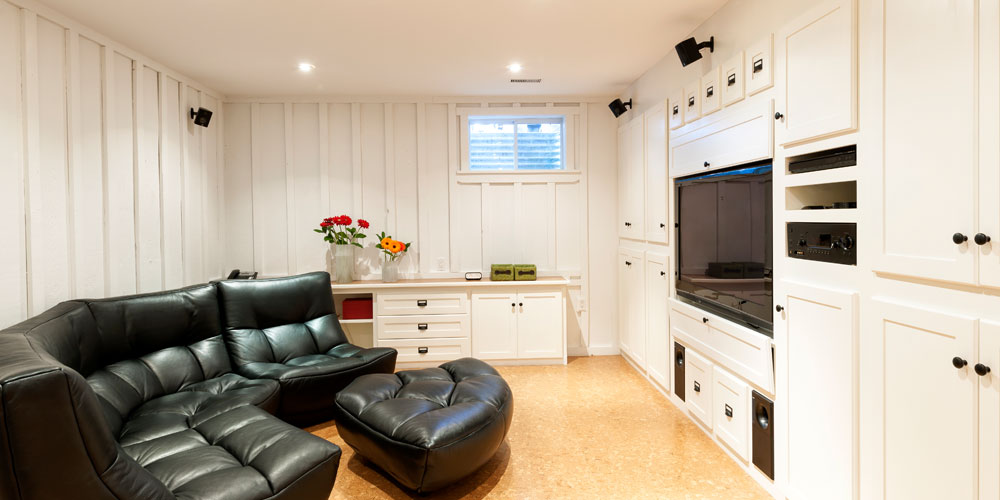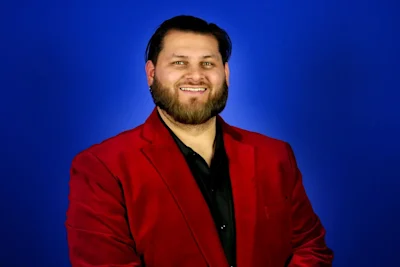How to Insulate Your Finished Basement Walls
spray foam insulation | RetroFoam insulation | foam university


If you’re considering insulating your basement but are faced with the challenge of dealing with finished walls, you’re not alone.
Many homeowners find themselves in this predicament, trying to figure out how to proceed without causing a huge mess and remodeling their whole basement. Luckily, effective solutions are available that can suit various needs and budgets.
Let’s talk about those options.
Option #1: Complete Basement Remodel or Demolition
The first option is to remodel the basement by taking down the drywall.
Here is what that method would look like.
How to Insulate a Finished Basement by Tearing Down the Drywall
One straightforward, though more invasive, method is completely tearing down the existing drywall.
This allows you to start from scratch, giving you the flexibility to install the insulation of your choice and make any other desired modifications.
Pros:
- Full Customization: Starting from the bare bones, you can rebuild and reinsulate your basement precisely how you want it.
- Variety of Materials: You have the freedom to choose from a wide range of insulation materials, including inexpensive fiberglass batts, cellulose, and various types of spray foam insulation.
Cons:
- High Cost and Time-Consuming: This option requires a significant budget and can be very time-consuming. It’s important to consider whether the long-term benefits outweigh these initial investments.
Option #2: Non-Invasive Insulation with Injection Foam
If a complete remodel of your basement isn’t in the budget, you have other options.
How to Insulate a Basement Wall Without a Remodel
For those looking for a less disruptive approach, injection foam insulation offers an appealing alternative.
RetroFoam’s injection foam allows for the insulation material to be injected directly into the wall cavities from the inside without the need to tear down walls. This method is an excellent option if the walls are already finished and you want to avoid the mess of a remodel.
How it Works:
- Access: Small holes are drilled into each stud cavity in the drywall.
- Injection: Foam is injected into the cavities, filling the spaces and enhancing the thermal efficiency of the walls.
- Patch and Finish: After injecting the foam, the holes are patched and can be finished to match the existing wall surface.
Pros:
- Cost-Effective: By avoiding demolition, you significantly reduce the overall cost of your basement insulation project.
- Quick and Efficient: This method is much faster than a complete remodel and minimizes disruption to your daily life.
- Energy Efficiency: Injection foam is an excellent insulator, helping to reduce energy costs by creating a more airtight space.
Cons:
- Dust: Due to the drilling done as part of the injection foam installation process, there will be dust in the basement. Items will need to be covered, so it’s essential to have this conversation with your insulation contractor to see if the crew will do this prep or if you will need to do it.
Making the Decision on When Insulation Method is Right for You
When deciding how to insulate your finished basement walls, consider these factors.
- Budget: Evaluate how much you are willing to invest. If budget constraints are tight, injection foam might be the more viable option.
- Time Frame: Consider how quickly you need the project completed. Injection foam can be installed much faster than undergoing a full remodel.
- End Goal: Think about what you ultimately want to achieve with your basement space. If extensive customization is a priority, tearing down and starting fresh might be the best option.
Insulating your basement walls is crucial in enhancing your home’s comfort and energy efficiency. Whether you opt for a complete remodel or a noninvasive method like injection foam, there are solutions available to meet every homeowner's needs.
Remember, the right choice depends on your specific circumstances, including your budget, time frame, and desired outcome.
Are you ready to make your basement comfortable and energy-efficient? If so, visit our Find a Dealer page to find your local RetroFoam dealer and start your journey to a better-insulated home.
Related Articles
The Best Method to Retrofit Wall Insulation
What are the Best Options for Insulating Concrete Block Walls?
About Eric Garcia
Eric brings his knowledge and training in building science, training in spray and injection foams from the manufacturers, more than eight years installing foam insulation, as well as selling and managing in the foam insulation industry. He is also BPI and Dale Carnegie certified and has taken several building science courses, including air sealing and building envelope. Eric is the Professor of Foam on our educational YouTube series Foam University. Even when Eric is off he is usually still “working” or thinking about work, but when he can get away he enjoys camping, hiking, hunting, and woodworking.


